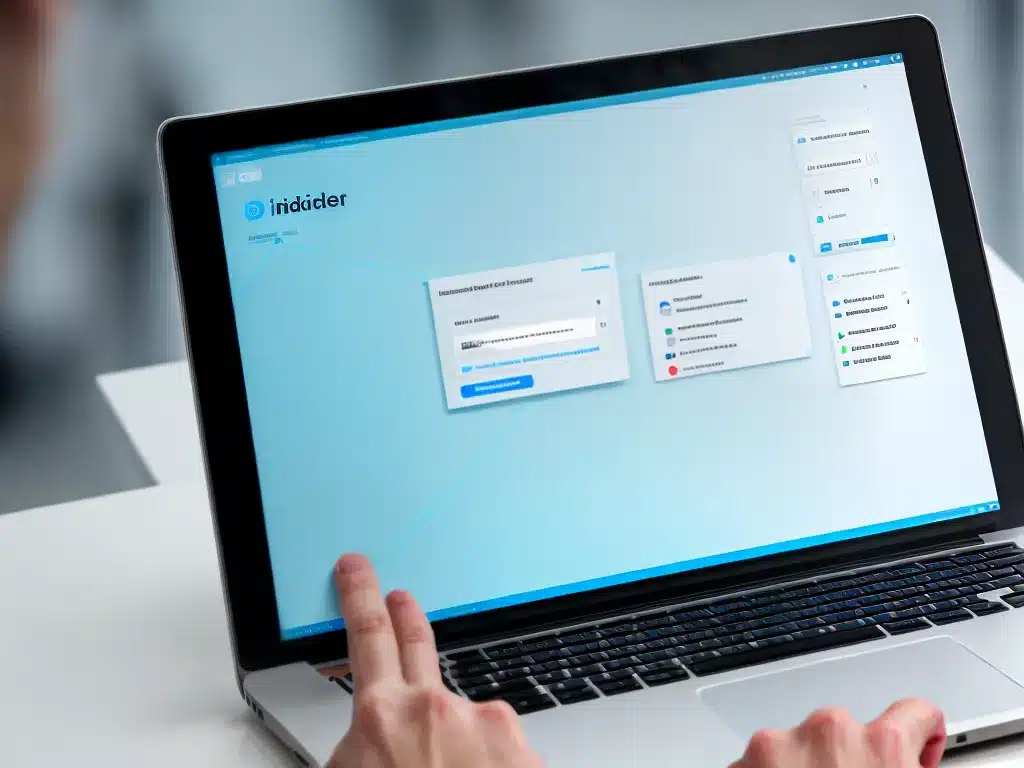What are Insider Data Leaks?
Insider data leaks refer to the unauthorized sharing or theft of sensitive information by employees or contractors who have access to an organization’s systems and data. This can include everything from customer records, financial reports, intellectual property, and other confidential data. Insider threats are especially dangerous because they violate the trust placed in them and can cause massive damage through data breaches.
Some examples of insider data leaks include:
- Employees copying customer lists or product designs to share with a competitor
- Disgruntled workers intentionally leaking private emails or financial documents
- Contractors stealing trade secrets or source code when leaving a company
- Staff negligently mishandling data by sending it to the wrong recipients
Why Do Insider Data Leaks Happen?
There are various motivations behind insider data theft and leaks:
Financial Gain
Employees may steal data to sell it for profit. Customer lists, product designs, and financial reports can be valuable on the black market.
Revenge
Angry or disgruntled employees who feel mistreated may leak data to harm the company.
Espionage
Insiders may be recruited by competitors to share confidential data and trade secrets. This is corporate espionage.
Unintentional Errors
Well-meaning employees can accidentally leak data through mishandling, like emailing sensitive data to incorrect recipients.
How to Spot Insider Data Leak Risks
Behavioral Red Flags
Look out for behavioral changes that may indicate increased risk:
- Disgruntled employees venting anger at management
- Staff experiencing financial hardship or requesting raises
- Trying to gain access above their role
- Downloading large amounts of data
Policy Violations
- Sharing credentials
- Circumventing security protocols
- Sending data to personal email accounts
Technical Indicators
- Large data transfers outside working hours
- Suspicious spikes in data downloads
- Unrecognized devices accessing network
Preventing Insider Data Leaks
Limit Access
- Principle of least privilege – Only provide access to data needed for a role
- Segment and silo sensitive data to limit exposure
Monitor Activity
- Audit logs to track access and transfers
- Data loss prevention systems
- Endpoint monitoring tools
Enforce Separation
- Ensure employees leave behind devices and credentials after termination
- Complete exit interviews to collect credentials and understand risks
Security Training
- Educate staff on secure data handling
- Highlight severe consequences of data leaks
Background Checks
- Thoroughly vet employees and contractors for risk factors
- Periodically re-check existing personnel
Consequences of Insider Data Leaks
Insider data breaches can severely impact organizations:
Financial Loss
Stolen data, intellectual property theft, and espionage empower competitors and cause direct financial harm. Fines for non-compliance and remediation costs also add up.
Reputational Damage
Customers lose trust after data leaks. Significant brand damage can occur.
Legal Liability
Organizations face lawsuits, regulatory penalties, and criminal charges over negligent security practices. Executives may be held personally accountable.
Competitive Disadvantage
Loss of trade secrets and intellectual property can erase competitive edges built over years. Leaked product plans also reduce time-to-market advantages.
With proper insider threat detection and mitigation protocols, companies can reduce their risk and prevent catastrophic data breaches. Training employees, limiting access, and monitoring for red flags are key.












